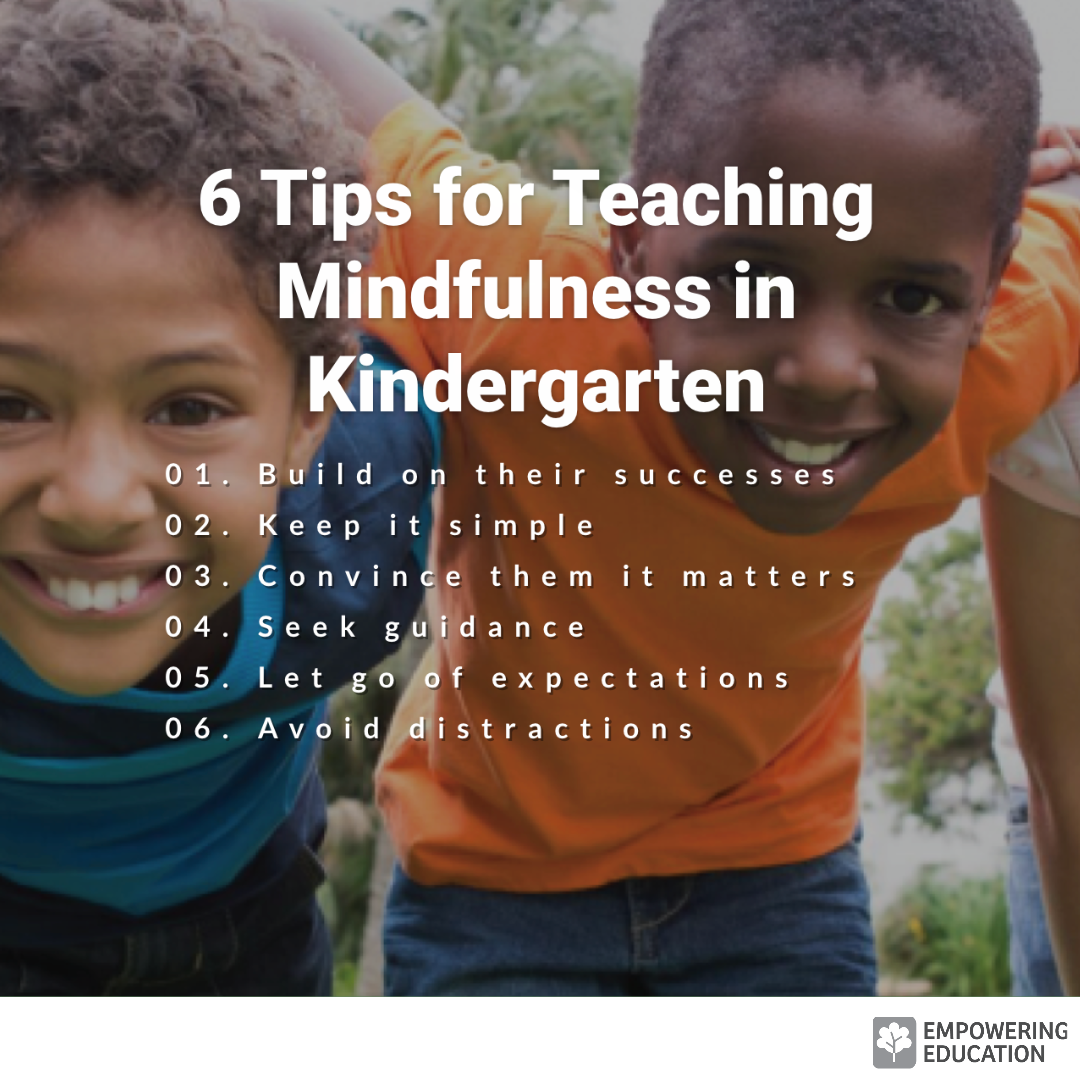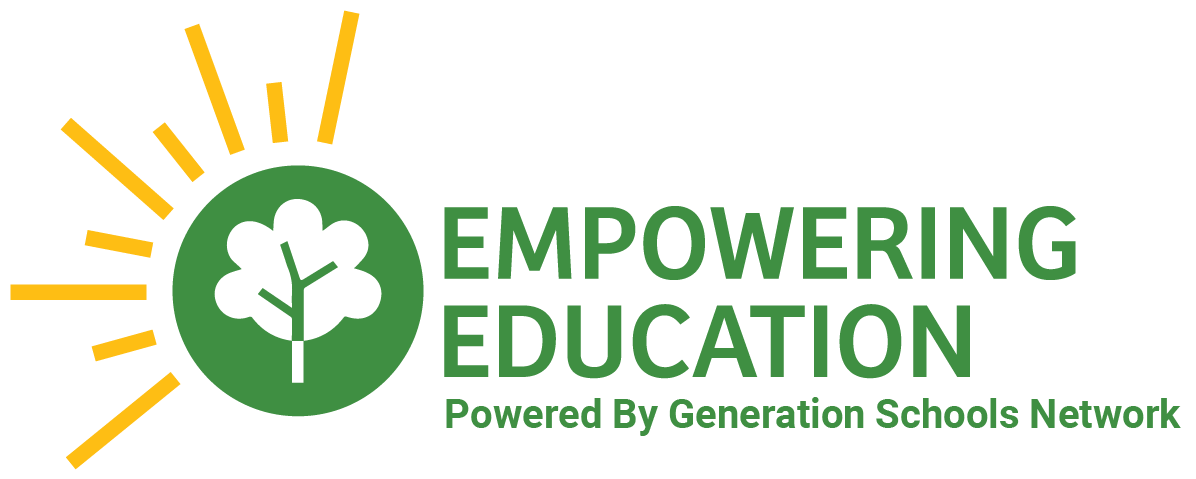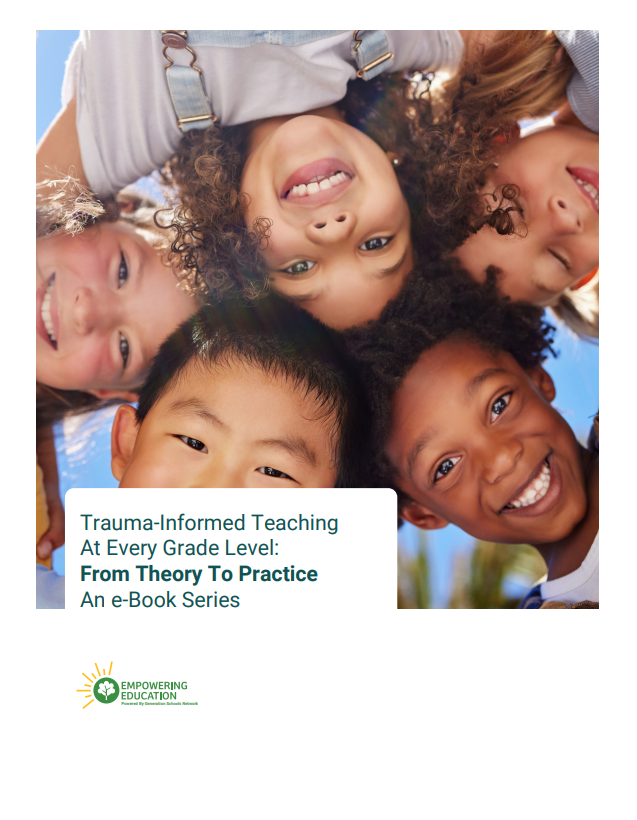How do I teach mindfulness to kindergarteners?
We already know the benefits of mindfulness for kids, but how exactly should you get your youngest learners practicing mindfulness?
Let’s take a closer look at what exactly mindfulness is, how to practice it in elementary school, and some simple tips on how to get little ones started.
Mindfulness For Kindergarteners
For children, as well as for adults, the word practice is essential mindfulness. When kids practice mindfulness, there is no end-goal or checkbox; rather, it is the on-going practice of paying attention to whatever is happening in the present moment.
When children develop their ability to direct their attention, without judgment, to the present moment, they become less reactive. As children enter school, it is important that they grow out of reactivity and embrace empowerment, choice, and freedom. As a result of mindfulness in kindergarten, children begin to learn how to increase focus & attention for the rest of their academic careers.
“Between stimulus and response there is a space. In that space is our power to choose our response. In our response lies our growth and freedom.” - Victor Frankl
Try out mindfulness in your K-2 class.
While mindfulness is quickly becoming one of the most effective and well-documented techniques for treating mental and physical health issues, the beauty of the practice is that students can experience the benefits directly in the classroom.
Try learning mindful awareness for yourself before introducing it in your class! Take notice of any changes in your physical, mental, or emotional well-being. When you're ready, you can try our lesson on mindfulness for kindergarteners with our free 14-day trial!
6 Tips for Teaching Mindfulness to Kindergarteners
- Build on their successes
Rather than aiming for a 20-minute sitting meditation right out of the gates, see how your class does simply watching their breath for 2 minutes each day. As they become more skilled, increase their time (much like adding more weight in the gym as you build strength). Remember to provide plenty of positive affirmations for what the kids do right!
- Keep it simple
Bring mindful awareness to things your class is are already doing. While dedicated mindfulness time is helpful, you can practice at any time throughout your day. Take the time to notice the smell, texture, and taste of lunch after recess. Or, talk about the sensation of your feet on the sidewalk as you walk to a specials class. Once your kids understand mindfulness as paying attention to one thing at a time, they can practice at any given moment.
- Convice them it matters
Believe it or not, whether or kids actually believe that mindfulness will work can influence outcomes. Talk to kids about how they feel after practicing, so they can recognize the benefits of focusing on one thing.

- Seek guidance.
- Let go of expectations.
- Avoid Distractions
Although mindfulness is a simple practice, it can be helpful to have an experienced guide. With the recent surge in popularity, you can likely find resources for your classroom in your community, be it a yoga class, an introductory course, or a community gathering. There are also a number of helpful apps that can get you started.
You will never be perfectly mindful, and your kindergarten class certainly won't either. Mindfulness does not need to look any particular way. Rather than seeking a totally calm “zen” state, can you model what it means to be with whatever emotions arise without judgment?
Mindfulness is a delicate experience with little ones already. Don't schedule a mindfulness class right before breaks or towards the end of the day. If electronic devices are present, make sure they are turned off or muted. No need to renounce technology here and go back to the ol’ flip phone – just be aware of when and how often you’re plugged into a screen.
References for Teaching Mindfulness in Kindergarten:
- Black, D. S., & Fernando, R. (2014). Mindfulness training and classroom behavior among lower-income and ethnic minority elementary school children. Journal of child and family studies, 23(7), 1242-1246.
- David, Deborah Schoeberlein. “Why Mindful Breathing Works.” The Huffington Post. TheHuffingtonPost.com, 26 Nov. 2012. Web. 24 Oct. 2015. http://www.huffingtonpost.com/deborah-schoeberlein/mindfulness-stress_b_2131482.html
- Flook, L., Smalley, S. L., Kitil, M. J., Galla, B. M., Kaiser-Greenland, S., Locke, J., & Kasari, C. (2010). Effects of mindful awareness practices on executive functions in elementary school children. Journal of Applied School Psychology, 26(1), 70-95.
- Napoli, M., Krech, P. R., & Holley, L. C. (2005). Mindfulness training for elementary school students: The attention academy. Journal of Applied School Psychology, 21(1), 99-125.
- Schoeberlein, D. R., & Sheth, S. (2009). Mindful teaching and teaching mindfulness: A guide for anyone who teaches anything. Simon and Schuster.
- Hickman, S. (n.d.). Why Practice Mindfulness? Retrieved January 5, 2016, from http://greatergood.berkeley.edu/topic/mindfulness/definition#why_practice
- Winston, D., & Lopez, E. (2015). UCLA Mindful Awareness Research Center. Retrieved December 15, 2015, from http://marc.ucla.edu/body.cfm?id=22


